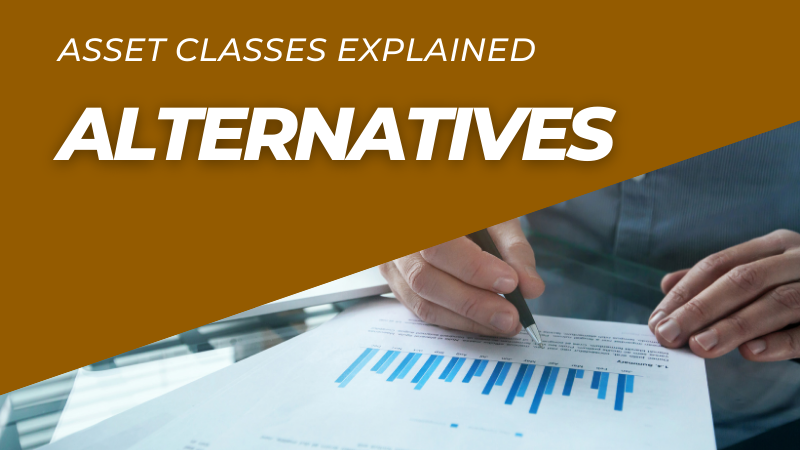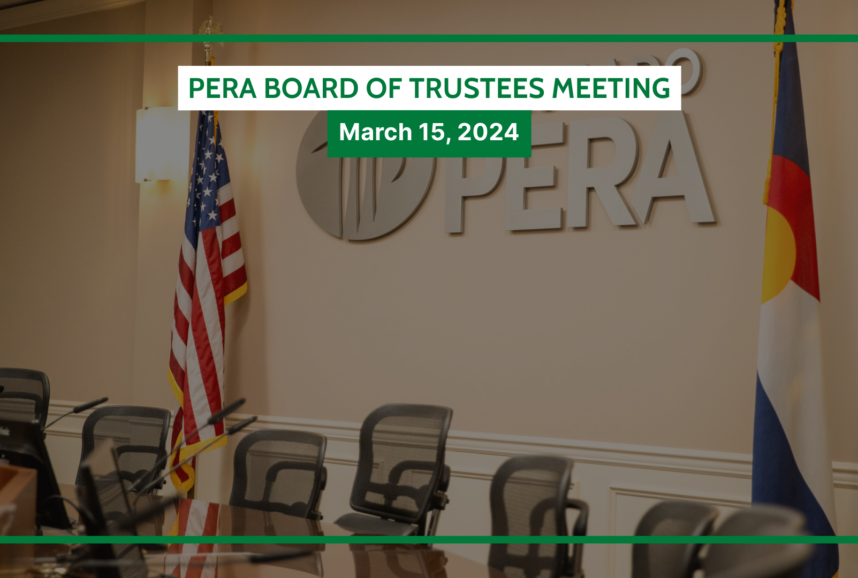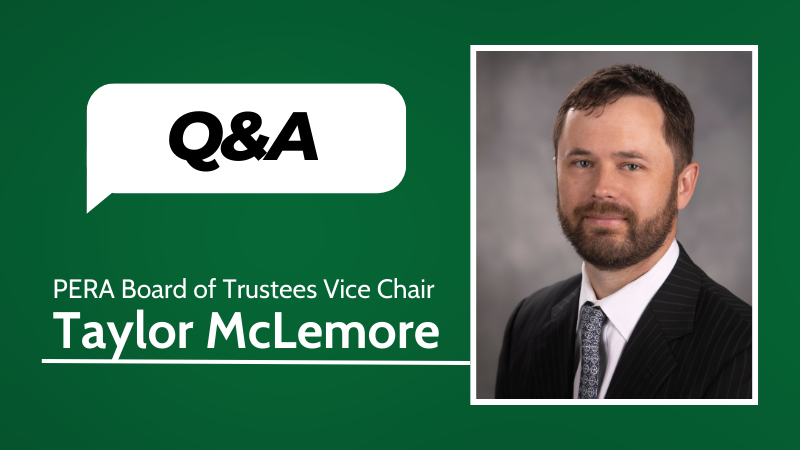Note: This article is part of a series highlighting each of PERA’s investment asset classes and how they contribute to a diversified portfolio that provides reliable income to Colorado’s retired public employees.
As an institutional investor, Colorado PERA invests in all the major investment asset classes you may be familiar with: Global Equity, Fixed Income, Real Estate, and Private Equity.
But what about opportunities that don’t fit neatly into one of those boxes?
That’s where Alternatives come in. As of September 30, 2022, Alternatives made up about 6% of PERA’s total portfolio.
What are Alternatives?
Simply put, Alternatives are investments that fall outside the other asset classes . They can be funds that include multiple types of assets, or a different type of investment entirely. Alternatives can involve new and innovative investment opportunities, complex or difficult strategies, or owning actual property.
PERA’s Alternatives team categorizes its investments into three groups based on the strategy underlying each type of asset:
- Opportunistic: This strategy can include acquiring corporate debt of public and private companies, direct loans to private companies, and other types of transactions where the underlying assets are trading at discounted prices.
- Real assets: Similarly to Real Estate, this strategy focuses on “hard” assets that provide stable income over time. That can include timberland, farming operations, infrastructure projects like wind and solar energy, and even intellectual property like music royalties from radio stations and streaming services.
- Risk mitigation: This group of investments includes various types of hedge funds, which can provide “downside” protection — in other words, they help limit the portfolio’s losses in down markets.
Gary Ratliff, Director of Alternatives at Colorado PERA, said PERA was an early adopter of these types of investment strategies.
“Back in 2008, The PERA Board of Trustees had the foresight to create an opportunistic asset class, which could take advantage of opportunities in hybrid investments which did not fit neatly into a single asset class or new investment funds which were designed as multi-asset class products,” Ratliff said. “Today, many of our peer institutions have followed suit.”
Click here for more information on PERA’s Alternatives holdings.
Why invest in Alternatives?
PERA maintains a well-diversified portfolio with a focus on long-term financial sustainability. That diversity is key, as it reduces the risk that any one investment or group of investments will threaten the stability of the overall fund.
While Alternatives can be complex and carry higher costs than more traditional investment types, they also provide better risk-adjusted returns and reliable income.
“In simple terms, a soundly constructed portfolio of Alternative investments can help PERA save money in a down market because the investments don’t experience the same kind of volatility as other assets like stocks,” Ratliff said. “That strategy helps ensure we can continue to provide reliable lifetime income to Colorado’s public employees.”
More information about PERA’s investments:
- Colorado PERA Investment stewardship Report
- Statement of Investment Policy
- PERA Asset Allocation
- PERA asset classes
- PERA Investment FAQs
Global equityA type of investment that includes publicly traded stocks in companies based in the United States and abroad.Asset classesA category of similar investments. Common asset classes include global equity (such as publicly traded stocks), real estate, and cash.StewardshipThe practice of overseeing or managing something entrusted to one’s care. PERA’s approach to investment stewardship is focused on ensuring the financial sustainability of the fund that pays benefits to retirees and beneficiaries.StewardshipThe practice of overseeing or managing something entrusted to one’s care. PERA’s approach to investment stewardship is focused on ensuring the financial sustainability of the fund that pays benefits to retirees and beneficiaries.AlternativesA broad category of investments that don’t fit into traditional categories like stocks and bonds.Asset allocationAn investor’s mix of stocks, bonds, and other investments. PERA’s strategic asset allocation is set by the PERA Board of Trustees.VolatilityA state of unpredictable activity in financial markets, during which prices can experience significant and/or unexpected swings in either direction. Private equityA type of investment in which investors purchase shares of a company that is not traded on a public stock exchange.Fixed incomeA type of investment that pays investors a fixed rate of interest over a set period of time. Bonds are a common type of fixed income investment.Asset classA category of similar investments. Common asset classes include global equity (such as publicly traded stocks), real estate, and cash.Asset classA category of similar investments. Common asset classes include global equity (such as publicly traded stocks), real estate, and cash.





These articles are very helpful to be able to understand the complexity of investing for the future. As an elderly widow it is important to know how my future will be covered for a modest income during the rest of my time. Thank you